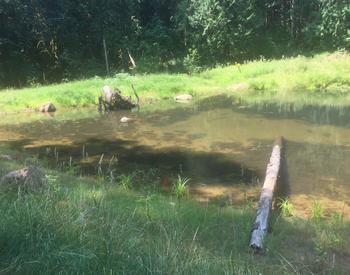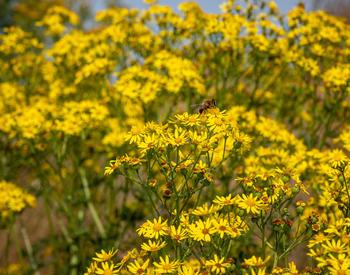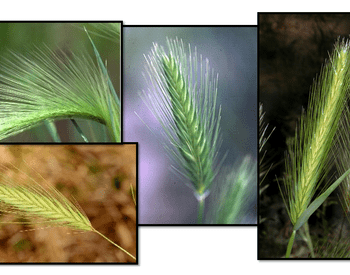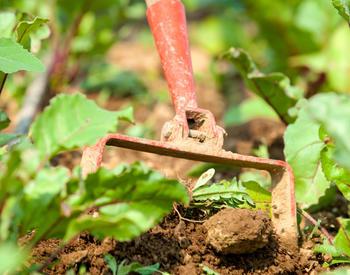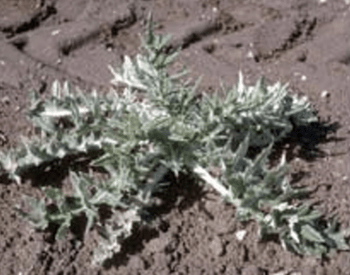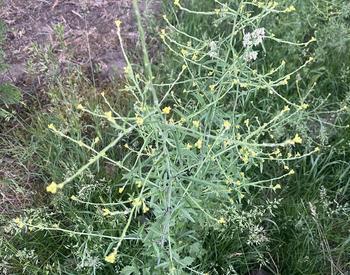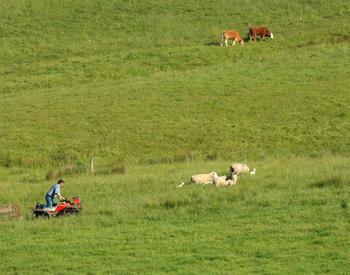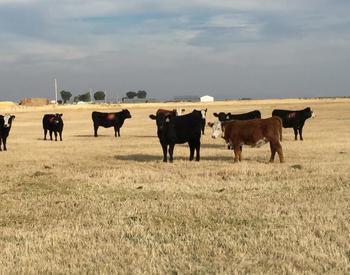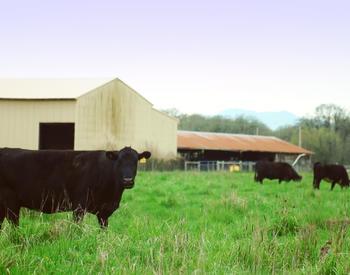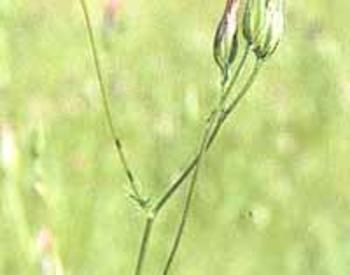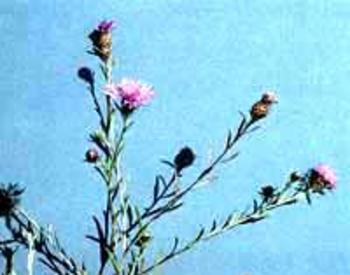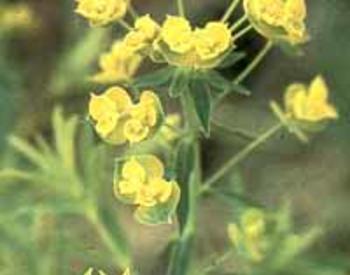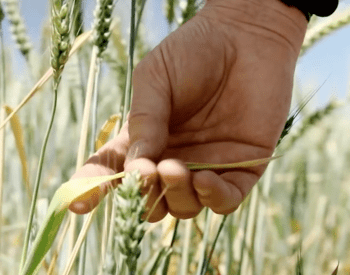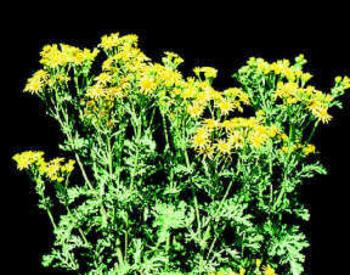CORVALLIS. Ore. – With trumpet-shaped flowers and thin stems that twine around just about anything, bindweed is one of the most frustrating weeds for home gardeners.
This invasive perennial makes itself at home by sinking roots as much as 9 feet into the soil. Known as field bindweed (Convolvulus arvensis) or hedge bindweed (Convolvulus sepium), both are in the morning glory family. These bindweeds are often confused with wild buckwheat or morning glory, which are summer annual plants that aren’t invasive.
Bindweed species are native to the Mediterranean regions of Europe and Asia and are distributed worldwide, according to Marcelo L. Moretti, an Oregon State University Extension weed specialist. The first record of bindweed in the United States dates back to 1739, likely brought in as a seed contaminant. By 1850, it was already recorded in an herbarium in California.
Many plants can be bindweed look-alikes. Bindweed’s arrow-shaped leaves grow opposite each other along each stem. When juvenile stems are broken, they exude a milky sap. The flowers vary from white to pink and produce indeterminately throughout the year.
"Bindweed is one of the most noxious weeds in the world because of its yield-robbing practices in crops such as wheat, potatoes and legumes (beans and peas)," Moretti said. “In blueberries, it will climb into the bush and make harvest more difficult.”
Bindweed spreads by seed and its root system is deep and extensive. Bindweed seed can persist for several years in typical garden soil.
“Even though its roots can grow deep, most of the horizontal roots grow in the top two feet of soil,” Moretti said. “They tolerate poor soils but seldom grow in wet or waterlogged areas.”
Bindweed grows along the ground until it contacts other plants or structures, and it spreads over anything in its path. Much like pole beans, bindweed's stems rotate in a circular pattern until they attach to a solid structure. The stems wrap around the object as it grows upward.
Repetitive digging and pulling might be effective
Though control is difficult – mowing isn’t effective, for example – some strategies to curb these botanical trespassers exist. Persistence and dedication are required to eliminate bindweed.
Digging up bindweed for a minimum of three to five years might be effective. Any root portions left in the soil will re-sprout in about two weeks, so be prepared to re-treat the affected area every three weeks. Repetitive digging and pulling every two to three weeks throughout the growing season will ultimately deplete the root system and provide control.
“Use the deepest cultivation implements available, such as a garden fork,” Moretti said. “Root fragments as small as 2 inches can generate new shoots. Remove as much of the root system as possible. If your soil has a high clay content, the routine digging will ultimately allow you to dig more deeply and remove more of the root system. Infrequent removal may lead to spread of root and rhizome pieces.”
If you are willing to apply glyphosate herbicides, such as Roundup, take care to avoid herbicide drift or overspray onto other plants in your yard. Plant foliage absorbs the herbicides, which move throughout the plant to kill roots and shoots. Herbicides do not perform the same throughout the year. The best time to control bindweed with glyphosate herbicides is as the plants flower.
The texture of bindweed’s leaf and stem surfaces is a barrier to the absorption and translocation of many herbicides. Bindweed root systems can be so large that a single application is insufficient to kill the entire root system. Allow the plant to grow and produce flowers between applications.

